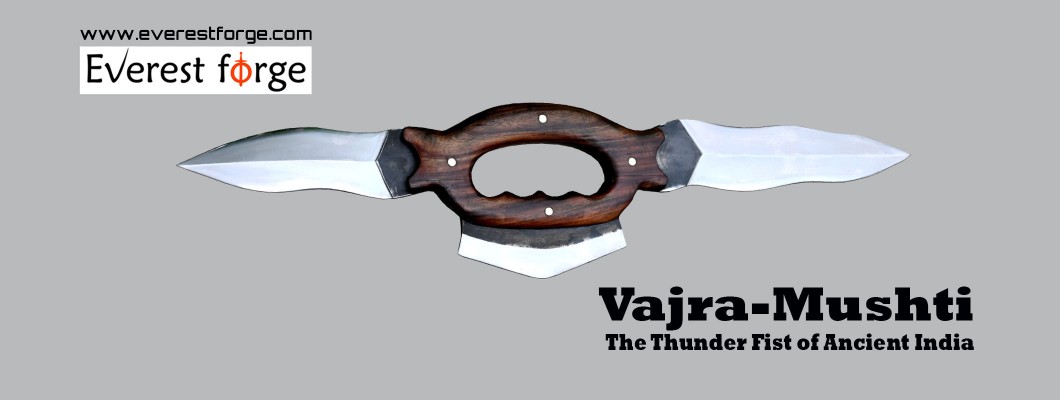
 Vajra-Mushti: The Thunder Fist of Ancient India
Vajra-Mushti: The Thunder Fist of Ancient India
vajra-musti dagger, Indian knuckleduster, ancient Indian weapons, vajra mushti wrestling, Jyesthimalla, Modha Brahmins, Indian martial arts, knuckle weapon, malla-yuddha, historical weapon from India
From the depths of India's ancient martial traditions emerges a fearsome and unique weapon—the Vajra-Mushti, meaning "thunder fist" or "diamond fist." More than just a dagger or knuckleduster, the vajra-musti was both a weapon and a deadly martial art practiced by elite warrior-wrestlers in India for centuries. Combining unarmed combat with bladed knuckle weapons, it is one of the most enigmatic and feared fighting styles to come out of South Asia.
What is Vajra-Mushti?
The vajra-musti is a fist weapon, resembling a modern knuckleduster but with added spikes or blades. Traditionally made from buffalo horn or ivory, it was strapped to the right hand and used in full-contact matches that combined striking, grappling, and submission. The weapon allowed fighters to turn their fists into lethal tools capable of slicing and tearing through flesh with devastating precision.
While commonly mistaken as a simple dagger, the vajra-musti is far more complex—designed specifically for a brutal form of martial wrestling where first blood or submission meant victory.
Origins and Historical Significance
The first known literary mention of vajra-musti appears in the Manasollasa, a 12th-century Sanskrit text by Chalukya king Someswara III. However, archaeological and oral traditions suggest it may date back to the Maurya Dynasty (circa 300 BCE). The practice of vajra-musti was deeply intertwined with Indian spiritual and martial traditions, particularly among the Jyesthimalla, a caste of Krishna-worshipping Brahmin warriors renowned for their skills in malla-yuddha (traditional Indian wrestling) and armed combat.
By the 16th century, the Jyesthimalla (later known as Jetti) became synonymous with elite fighting. They often served as bodyguards for royalty, showcasing their strength and technique during festivals and royal gatherings.
Combat Style and Rituals
Vajra-musti matches were more than violent spectacles—they were ceremonial. Fighters shaved their heads, tied neem leaves to their remaining hair tufts, and conducted sacred rituals before entering the arena. Their attire was minimal: just a loincloth, and the vajra-musti weapon bound securely to their dominant hand.
Combat involved:
-
Striking with the vajra-musti
-
Grappling, locking, and submission holds
-
Knees, elbows, and throws
-
Strategic immobilization of the opponent's weapon-bearing arm
Strikes were aimed at the face, chest, and arms, while attacks below the waist were strictly forbidden. Fights continued until submission, disarmament, or visible injury.
Vajra-Mushti in the Mughal and Colonial Era
During the Mughal Empire, vajra-musti gained visibility across India. Portuguese chronicler Fernão Nunes recorded matches at the court of Vijayanagara, describing wrestlers striking each other with spiked weapons in bloody duels.
Later, in the 18th century, James Scurry, a British prisoner of Tipu Sultan, gave a chilling account of matches where fighters wore steel claws (resembling bagh nakh) and fought until bones broke and blood flowed freely.
The Decline and Revival
Post-independence India saw a steep decline in the practice. Royal patronage faded, and public sentiment viewed such violent sports as outdated. Only the Mysore Dasara Festival, dating back to the Wadiyar dynasty in 1610, continued to host vajra-musti matches—now regulated and fought with blunt-studded knuckledusters for safety.
In the 1980s, Australian martial artist John Will sought out the remnants of the tradition in Gujarat, training with one of the last known masters. His research and translations of the Mallapurana, a 13th-century wrestling treatise, remain one of the few contemporary Western insights into this nearly extinct art form.
Craftsmanship of the Vajra-Mushti Dagger
Traditional vajra-musti weapons were carved from buffalo horn or ivory, with embedded spikes or small blades. Some combat-ready versions had steel blades extending from either end, making them hybrid tools of striking and slashing. Today, replicas are forged by artisan smiths in India and Nepal to preserve this martial legacy.
At Everest Forge, we honor this ancient weapon by crafting hand-forged vajra-musti daggers that blend historical accuracy, combat function, and cultural respect. Whether you're a collector, martial artist, or history enthusiast, the vajra-musti is a powerful symbol of India's warrior heritage.
Conclusion
The vajra-musti is more than a weapon—it is a window into a lost world of warrior-priests, sacred combat, and martial discipline. With roots stretching back over a thousand years, it embodies the fierce spirit of India's grappling traditions and the ceremonial beauty of its martial culture.
At Everest Forge, we are proud to preserve and share this history through expertly crafted replicas and historical weapons that carry forward the legacy of the Thunder Fist.

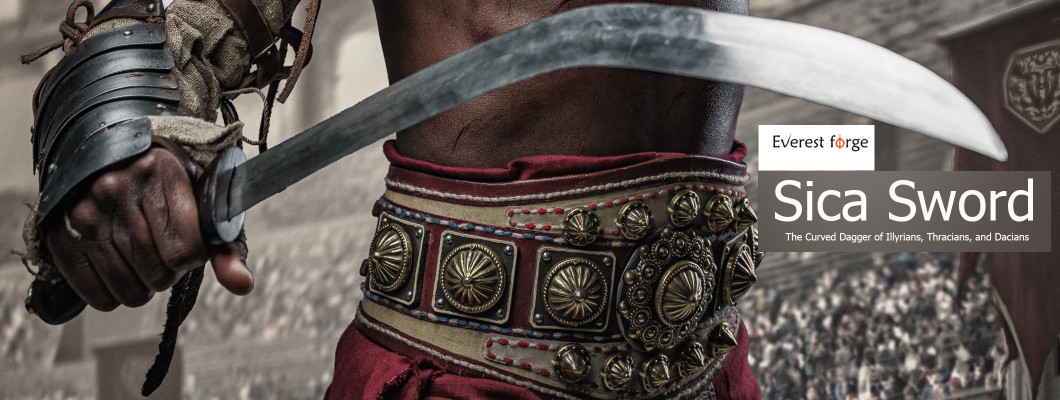

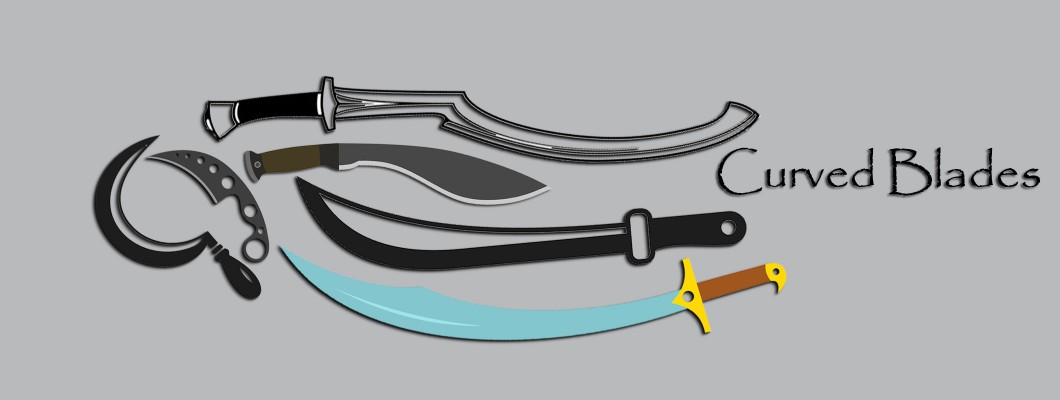
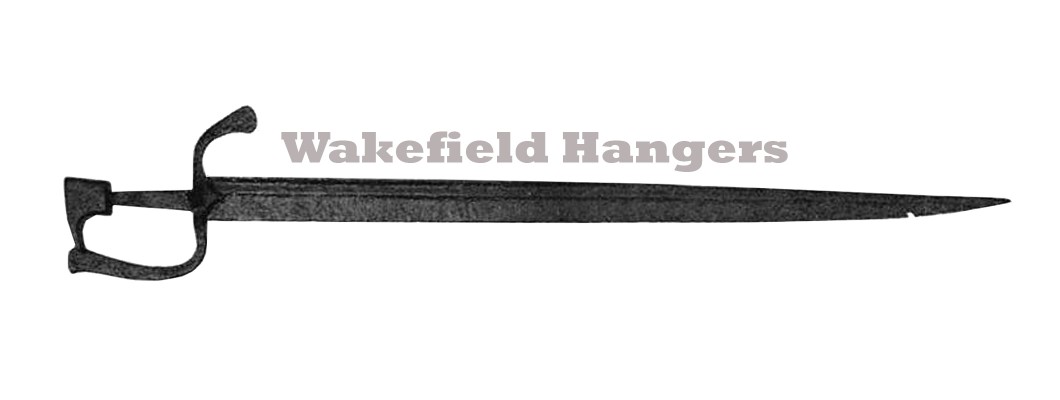
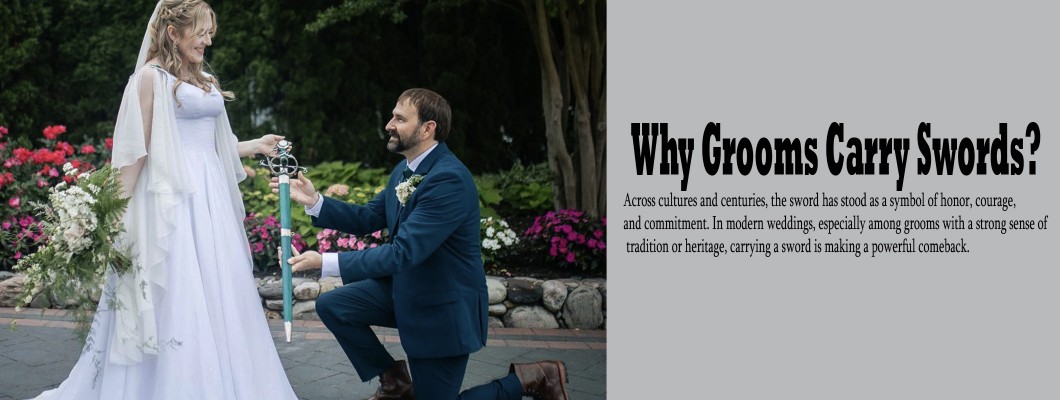
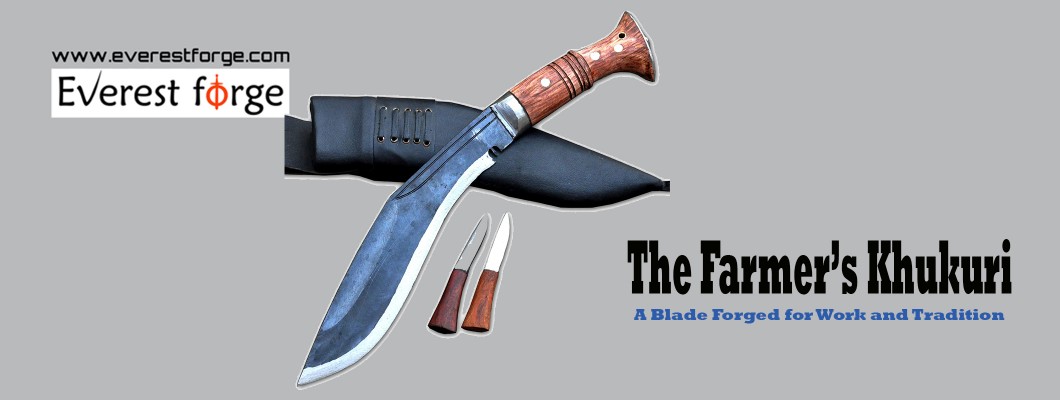
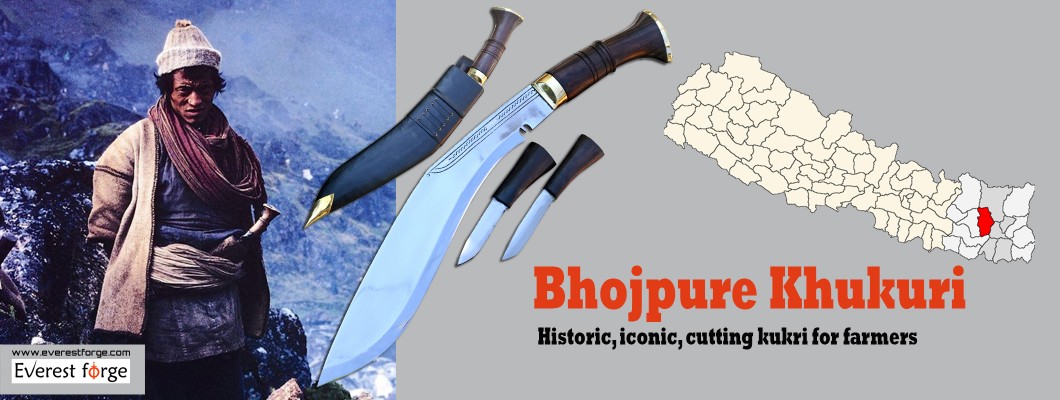
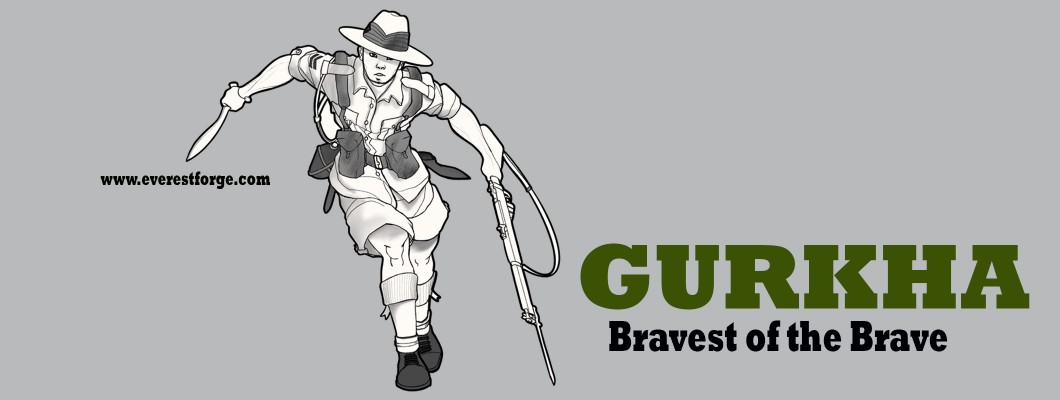
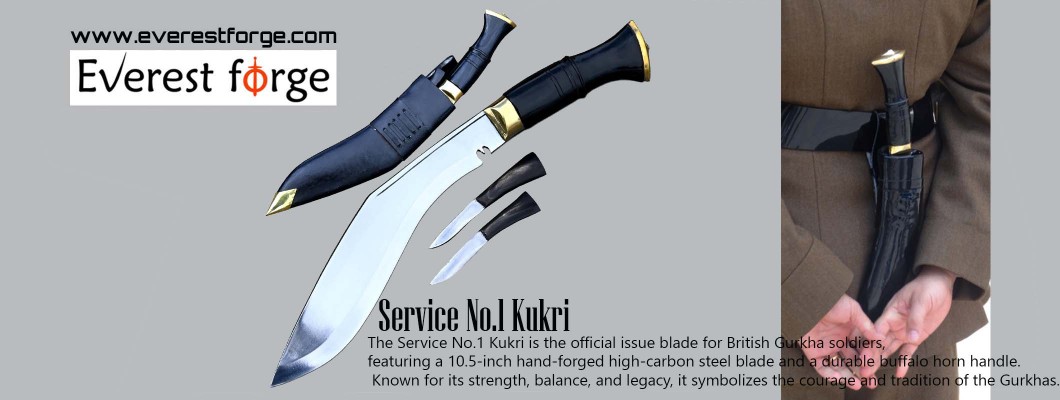
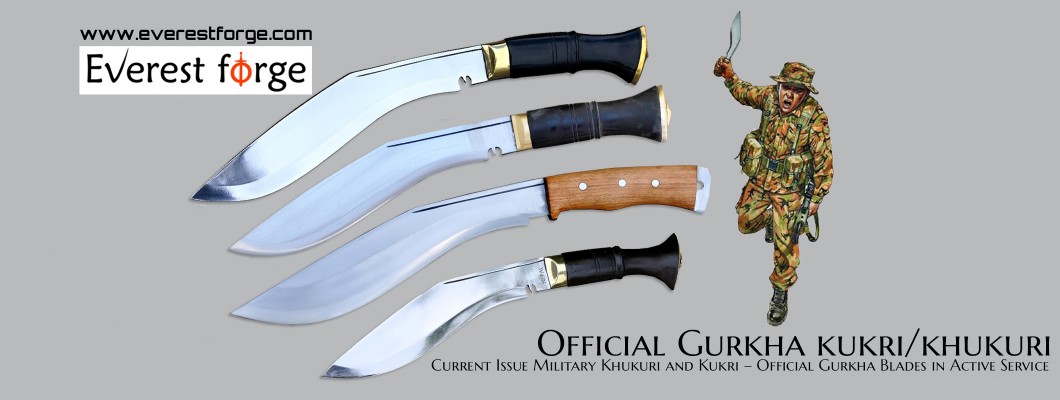
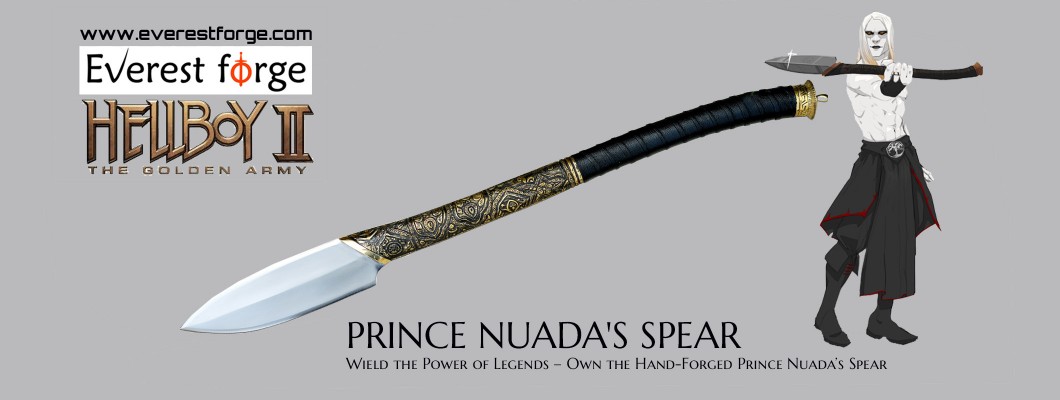

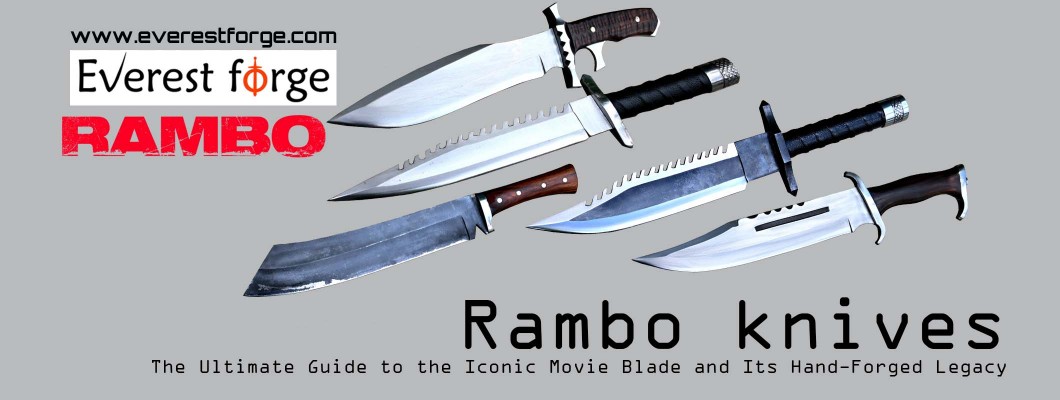





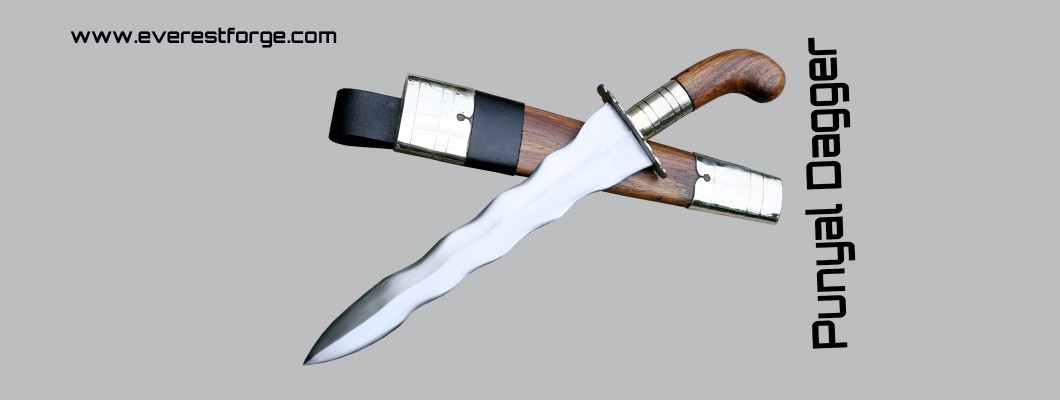
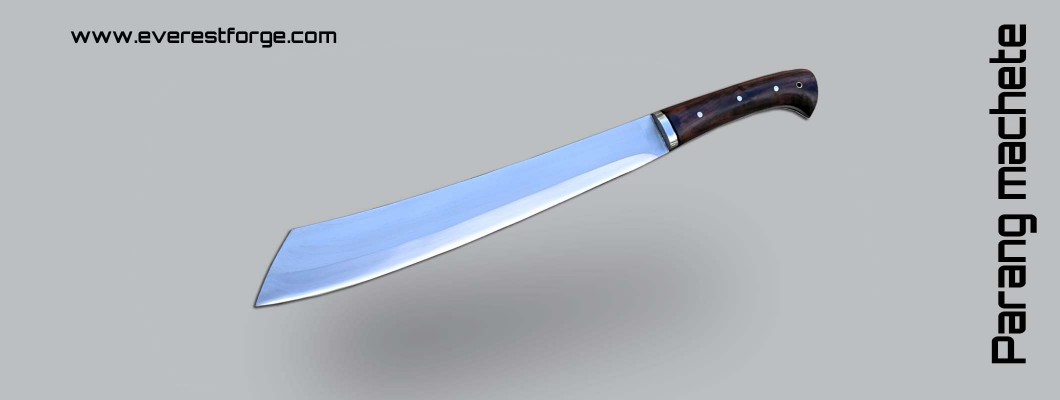
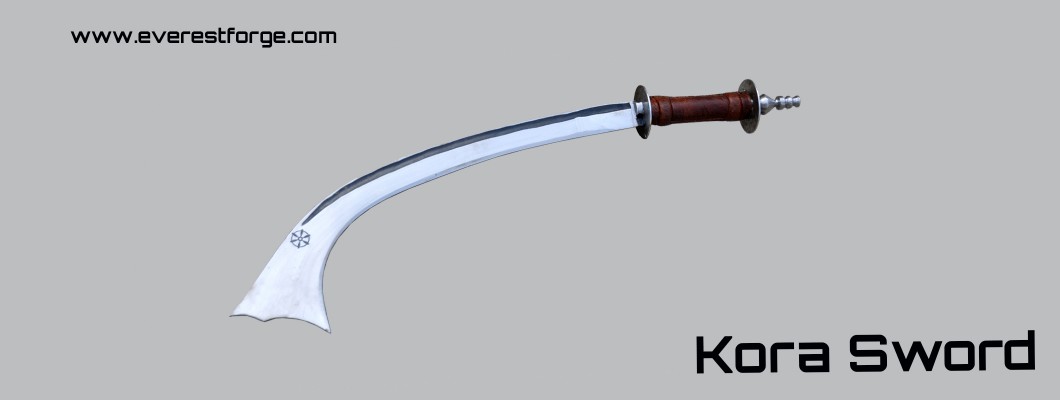
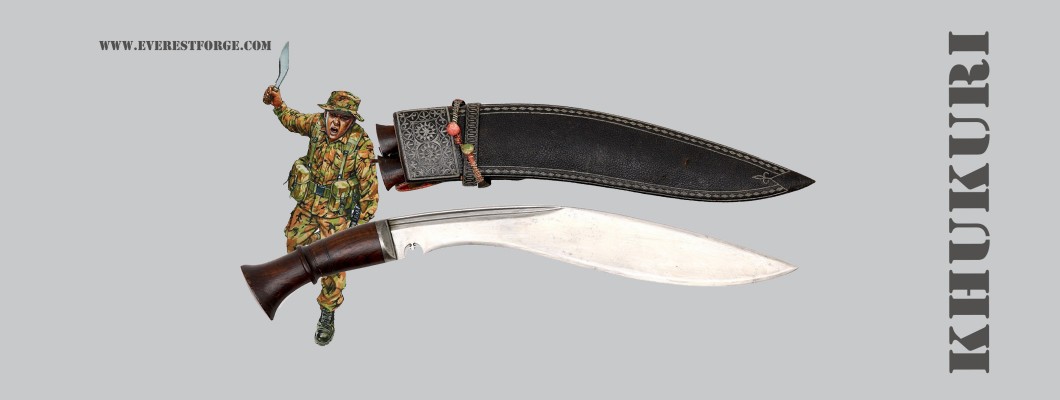
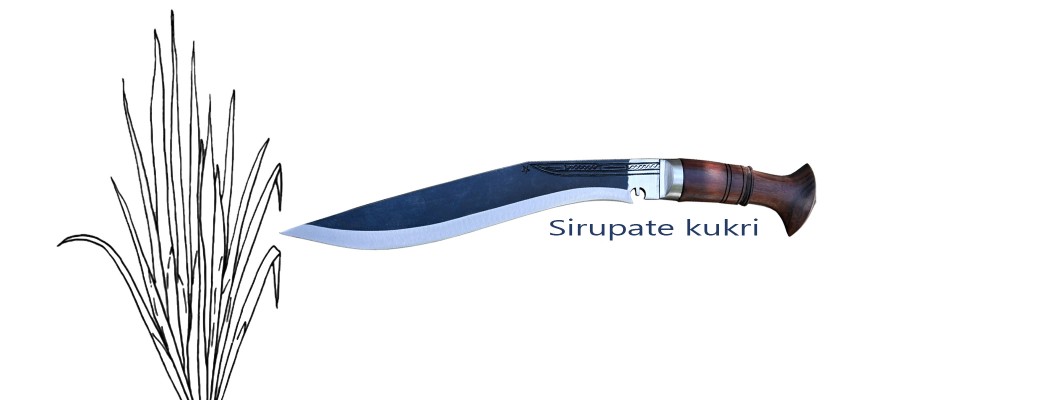
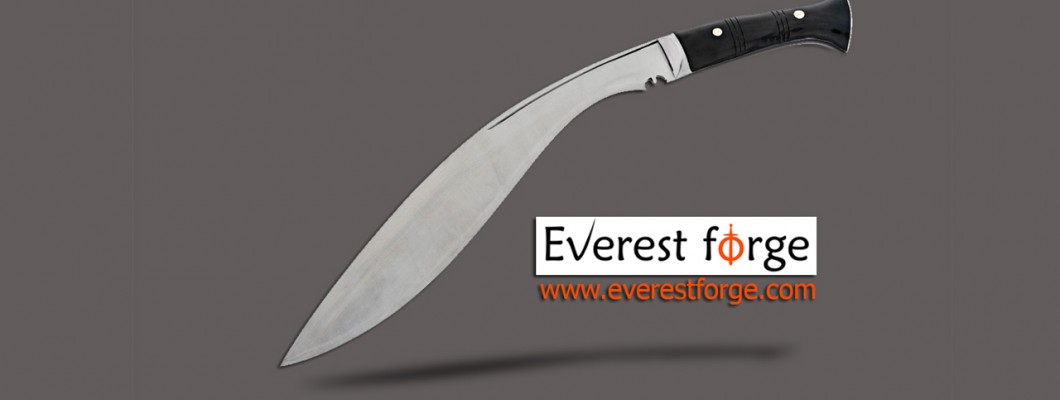
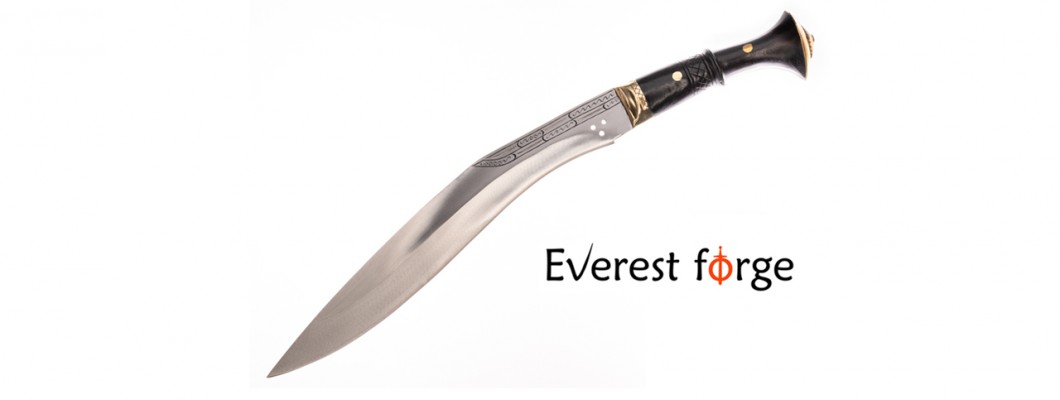
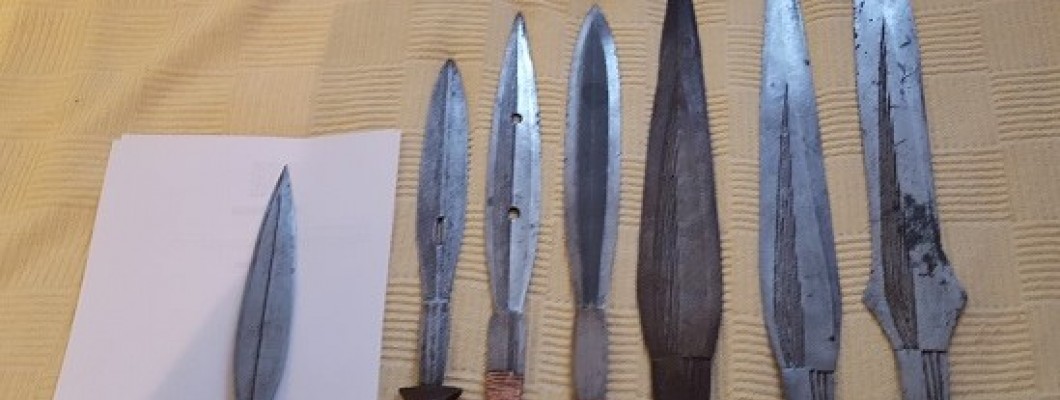

Leave a Comment